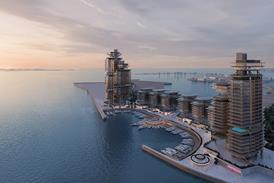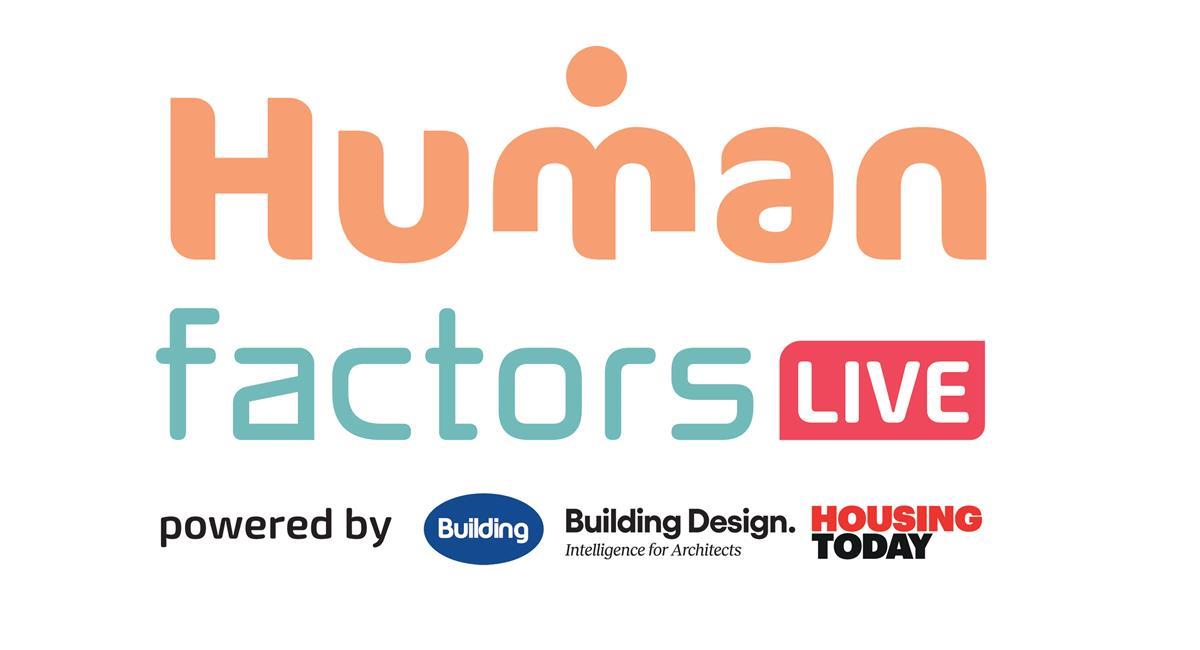- Home
- Intelligence for Architects
- Subscribe
- Jobs
- Events

2025 events calendar Explore now 
Keep up to date
Find out more
- Programmes
- CPD
- More from navigation items
What makes a museum?

As backdrops for art, the Wapping Project could hardly be more different from Albertopolis, says Gillian Darley
From Bethnal Green to Bombay, from the 1870s to the 1920s, the architecture of museum buildings was guided by what seemed appropriate to their then purpose and site.
In the former case, an industrial flatpack from Albertopolis in South Kensington re-emerged 15 years later as a purpose-built museum on a new site. The Indo-Saracenic design of the Prince of Wales Museum in Bombay offered at least a half-nod to the aesthetic styles of the subcontinent seen through colonial spectacles. Meanwhile, Alfred Waterhouse’s Natural History Museum in South Kensington took the argument to the extreme. Vertebra ornamented the rib vaults and every corbel represented an aspect of the animal kingdom.
In contrast, contemporary purpose-built museums are display cases for their architects. Perhaps Daniel Libeskind’s (initially empty) Jewish Museum in Berlin was the most honest.
…
This content is available to registered users | Already registered?Login here
You are not currently logged in.
To continue reading this story, sign up for free guest access
Existing Subscriber? LOGIN
REGISTER for free access on selected stories and sign up for email alerts. You get:
- Up to the minute architecture news from around the UK
- Breaking, daily and weekly e-newsletters
Subscribe to Building Design and you will benefit from:

- Unlimited news
- Reviews of the latest buildings from all corners of the world
- Technical studies
- Full access to all our online archives
- PLUS you will receive a digital copy of WA100 worth over £45
Subscribe now for unlimited access.






